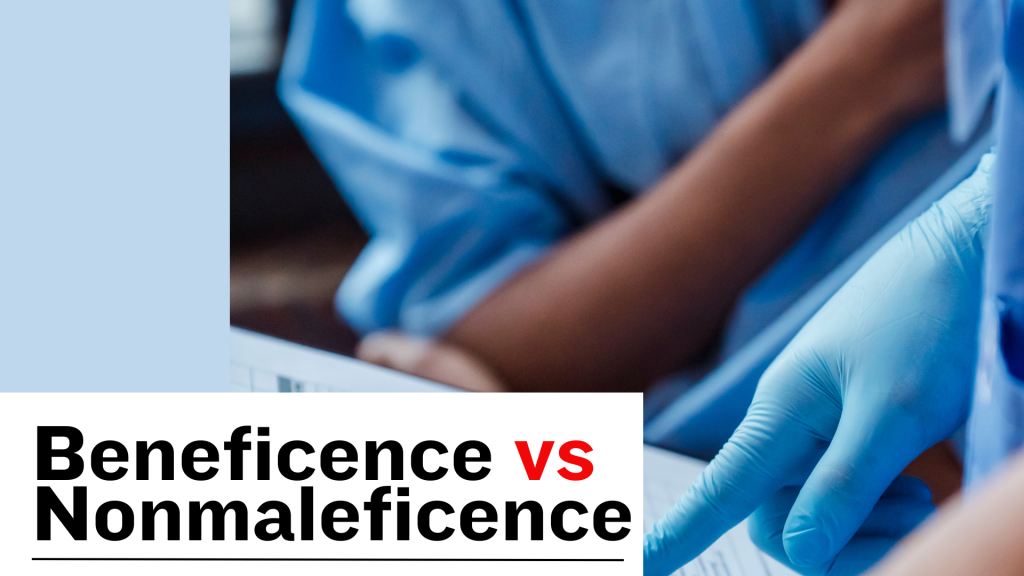- Oak Brook:(630) 705-9999
- Chicago:(312) 920-8822
- Email:inquiry@vervecollege.edu
- Make a Payment
- Home
- Programs
- Admission
- Resources
- ATI Entrance Exam Resources
- New E-Digital Library
- Refer a Friend
- School Newsletter
- Events
- Employers
- Job-Network
- Alpha Beta Kappa Candidates
- Verve College Library
- Graduation and Pinning Ceremony Photo Galleries
- Textbook Information
- Career Services
- Tutoring
- School Catalog
- FAQ
- Constitution Day Program
- Alumni
- Verve College Plans
- Financial Aid
- HEERF Reporting
- Satisfactory Academic Progress
- Apply For Financial Aid
- Net Price Calculator
- Return of Title IV Funds (R2T4)
- Financial Aid Office Code of Conduct
- Contact
- FAQs
- Verification Policy
- Vaccination Policy
- Student Right-to-Know Act
- Misrepresentation
- Information Security Program
- Academic Award Year
- Availability of Employee
- Cost of Attendance
- Health & Safety Exemption Requirement
- Students Rights and Responsibilities
- Leave of Absence
- Pell Formula
- Military Students
- Grants/ Scholarship Policy
- Contact Us
- Testimonials
- Blog
Is a Nursing Career Right For You?
Take The Free Quiz
Main Difference Between Beneficence and Nonmaleficence
Main Difference Between Beneficence and Nonmaleficence
Both beneficence and non-maleficence, closely related ethical concepts, are often used in medicine and healthcare. Beneficence is the action of serving someone else. Non-maleficence means not to harm. Non-maleficence means not harming others. Our night and weekend nursing programs for nursing schools help you learn more about beneficence vs nonmaleficence & help the students to prepare for the NCLEX-PN exam (licensing exam) for acquiring an LPN license.
What is Beneficence?
The term “beneficence” refers to acts carried out for the benefit of others and the welfare of others. Beneficent acts can be used to prevent harm, remove it or improve someone’s situation. Beneficial actions can include saving a victim from risk or injury or improving the condition of a victim as a healthcare professional. Examples of specific acts of beneficence are keeping a drowning person, encouraging someone to stop cigarette use, developing a home for a homeless person, and educating others about sanitation.
Both of these phrases have a lot in common with medical ethics. Beneficence is defined as taking actions in the patient’s best interest by providing medical care. The duty is to protect the patient’s responsibilities and treat those in need such as practical nurses give care to patients in long-term care facilities. The fundamental ethical principle of beneficence is a core value and another is patient autonomy for ethical standards.
Beneficence Examples
There are many examples of how beneficence can be observed in public settings where people meet.
- Aiding the homeless is a form of beneficence. Constructing houses for the unhoused and protecting them from diseases and dangers are examples of beneficent acts.
- Researchers who are benevolent have a great advantage. Researchers must consider whether study participants will benefit or face risks. Researchers must respect the privacy of study participants and protect information that is exclusive and confidential
What is Non-Maleficence?
The Latin phrase “First and foremost, do not cause any harm.” (premium nocere) is the origin of non-maleficence. Non-maleficence is the opposite of harm. Non-maleficence can be demonstrated by not hurting another person or not giving them hazardous substances. Non-maleficence in medicine includes stopping a destructive drug or rejecting a treatment done by a health care team that has not been proven effective.
Non-maleficence, according to many people, is the most important ethical consideration because It is more crucial even in an LPN Nursing Home Job. To not harm patients than to make them better. Non-maleficence for patient care or personal care is vital because many treatments involve some level of harm.
Nonmaleficence Examples
This principle is also important in public settings for healthcare professionals. This principle could be applied in the following situations.
- Animals should not be harmed unnecessarily to satisfy human needs. Animals are bred solely for human consumption in factories. The animals suffer unnecessarily. It is a non-maleficent act to refrain from murdering creatures. Others believe humans can also enhance their well-being if they switch to a vegan diet.
- When a state or individuals accepts wounded prisoners of conflict during the conflict, they can put their life and well-being above enmity. The Geneva Conventions include the principle of humane treatment for prisoners as a part of their nonmaleficence.
Understand Beneficence Vs Nonmaleficence
The goals that each has are the main differences between beneficence and non-maleficence. Beneficence is a way to help others, while non-maleficence is about not hurting anyone. Although it is difficult to achieve both goals, the individual can ensure that they do not harm others.
It is sometimes impossible to tell if someone is helping or harming others. Doctors cannot tell if a person with cancer who requests a bone-marrow transplant will benefit or harm the body. It would be an ideal time for evidence-based practice beneficence & nursing process, as it could help the doctors heal someone rather than harm them.
Moral systems tend to be dominated by the idea that it is better to help others than harm them. However, Ethical systems state that sometimes helping someone can be wrong. Sometimes, you have to hurt someone to stop them from harming others. Ethics is based more on consequences than morality.
LPN programs near me offer clinical courses/prerequisite courses to help prospective medical students to find out the overall difference between beneficence and nonmaleficence by enrolling in the practical nursing program and Also guide clinical practice & nursing care to become the best health care providers.
 Sign up
Sign up Login
Login




